Outlook for Crude Oil Prices Slipping into the $40 Range, Intensifying Downturn Pressure in the Oil Market
Input
Changed
Oil Prices Near $70 per Barrel in Early August Projection of $48 in 2026 Emerging OPEC+ Rapid Supply Increases Drive Market Weakness
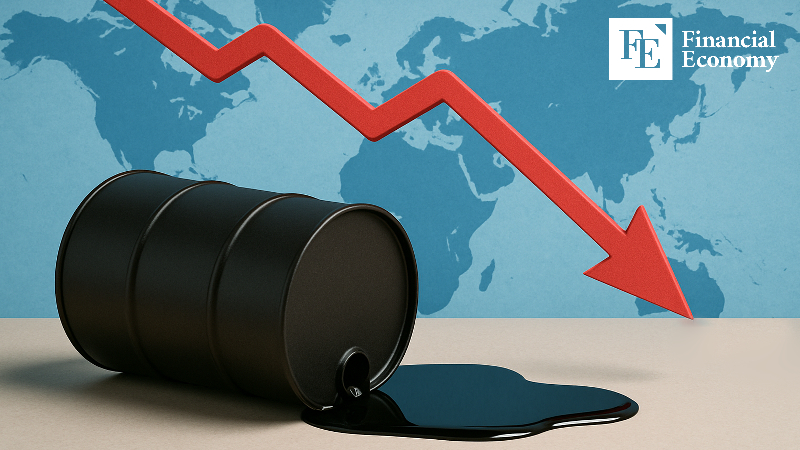
The global oil market has once again been thrust into a vortex of uncertainty. As negotiations over the Russia-Ukraine conflict approach their final phase, geopolitical risk is partly easing, while production hikes by Middle Eastern producers and recessionary forces from the United States are simultaneously at play. Wall Street analysts are now suggesting crude could slide toward the $50-per-barrel threshold, while U.S. federal agencies foresee declines into the $40 range. This trajectory threatens the viability of America’s shale sector and, intertwined with President Donald Trump’s energy policy shifts, raises the likelihood of a prolonged downturn in crude markets.
Brent Seen at $40–$50 Next Year
According to a survey compiled by the Wall Street Journal on September 1, Wall Street analysts expect Brent crude to fall to $62.73 per barrel and West Texas Intermediate (WTI) to $59.65 in the first quarter of next year. Major investment banks, including Goldman Sachs, Morgan Stanley, and JPMorgan, project Brent to average $63.57 and WTI $60.30 in the fourth quarter. These figures mark a downward revision from prior forecasts.
This outlook broadly aligns with the U.S. Energy Information Administration’s (EIA) recent forecast. In its August Short-Term Energy Outlook, the EIA cut its 2025 crude price projection from $65.3 per barrel to $63.6. Its 2026 forecast was sharply revised down from $54.8 to $47.8. Such a significant downgrade is unusual for an institution known for conservative revisions.
OPEC+ Supply Pact Signals Full Reversal of Cuts
The principal driver behind these downward revisions lies in the accelerated output strategy of the Organization of the Petroleum Exporting Countries (OPEC) and its broader alliance, OPEC+. In early August, the group reached a principle agreement to add roughly 548,000 barrels per day, effectively undoing the 2.2 million-barrel voluntary cut implemented by eight member states in 2023. The accord also incorporates phased increases from the United Arab Emirates.
While OPEC+ has traditionally leaned on production curbs to defend prices, the bloc has now pivoted toward boosting supply, aiming to temper both heightened geopolitical risk and seasonal demand-driven price spikes. Analysts note the latest decision has contributed to stabilizing U.S. gasoline prices, a development that can be interpreted as a political win for President Trump. Still, the risk of oversupply and inventory build looms large in the second half of the year.
Wall Street projects that OPEC+’s expanded output, alongside rising Latin American production, will tip the market into surplus. Reflecting this, the EIA raised its OPEC+ production outlook by 600,000 bpd this year, lifting its surplus forecast from 400,000 to 1.6 million bpd. This implies a significant inventory buildup.
The OECD likewise forecasts crude stockpiles among its members will climb from the current 2.8 billion barrels to about 3.0 billion within ten months — roughly 7% above the five-year average. With long-dated WTI contracts hovering between $55 and $65, front-month WTI could easily slip to $50.
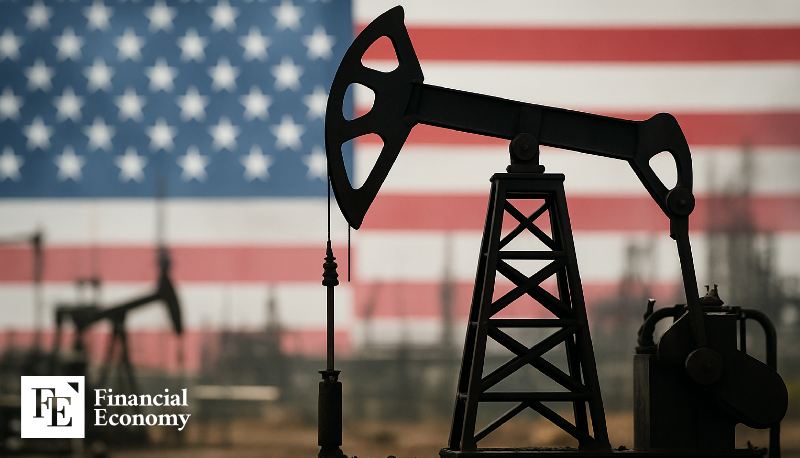
Trump: “Expanding Coal and Nuclear Plants” as Oil Faces Secular Downturn
President Trump’s recent remarks are also fueling bearish sentiment. At a Cabinet meeting on August 26, he praised Energy Secretary Chris Wright and other officials, stating, “Oil has dropped close to $60 per barrel, and I expect it will soon break below that.”
He further underscored America’s lead over China in artificial intelligence, asserting the need to expand coal and nuclear capacity to secure power for AI-driven demand. “We are building more coal plants, and we are adding nuclear plants,” Trump said. “Nuclear is safe, inexpensive, and now fashionable.”
He added, “Look at Britain — energy prices there are skyrocketing. Fossil fuels and nuclear are far more effective. I hope they return to fossil fuels, because for now it is the only source that works. Nuclear can complement it, but large-scale plants require fossil fuels.”
Falling oil prices pose a severe threat to U.S. shale producers. According to Wood Mackenzie, about half of the shale sector’s breakeven costs lie between $50 and $60 per barrel. A sustained breach below $50 would push many operators toward insolvency. The EIA warned that a slump into the $50 range would likely compel shale firms to scale back drilling and slash capital budgets. It anticipates U.S. output, after peaking at a record 13.6 million barrels per day by year-end, will slide to 13.1 million by the fourth quarter of 2026 amid declining drilling and well completions.


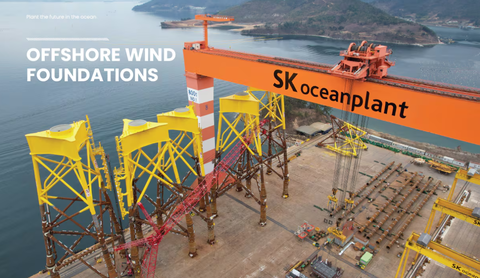

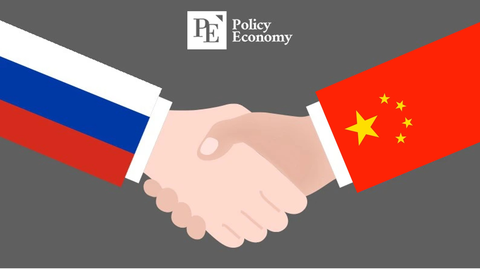


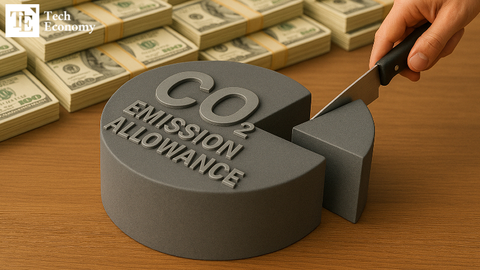














Comment